
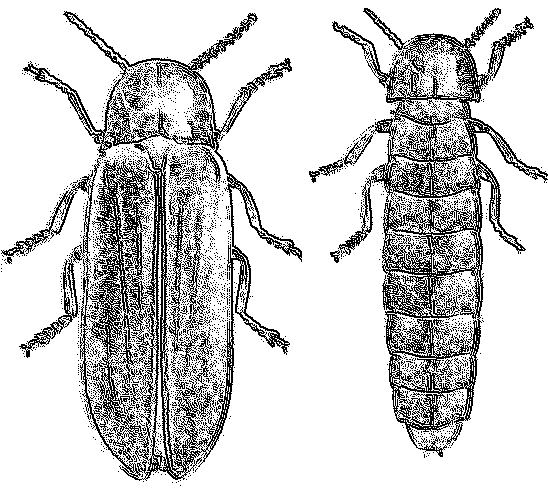
| the species | some observations | methods: led trap | hypothesis | control of the hypotheses | further questions | conclusion |
 |
 |
Lampyris
noctiluca
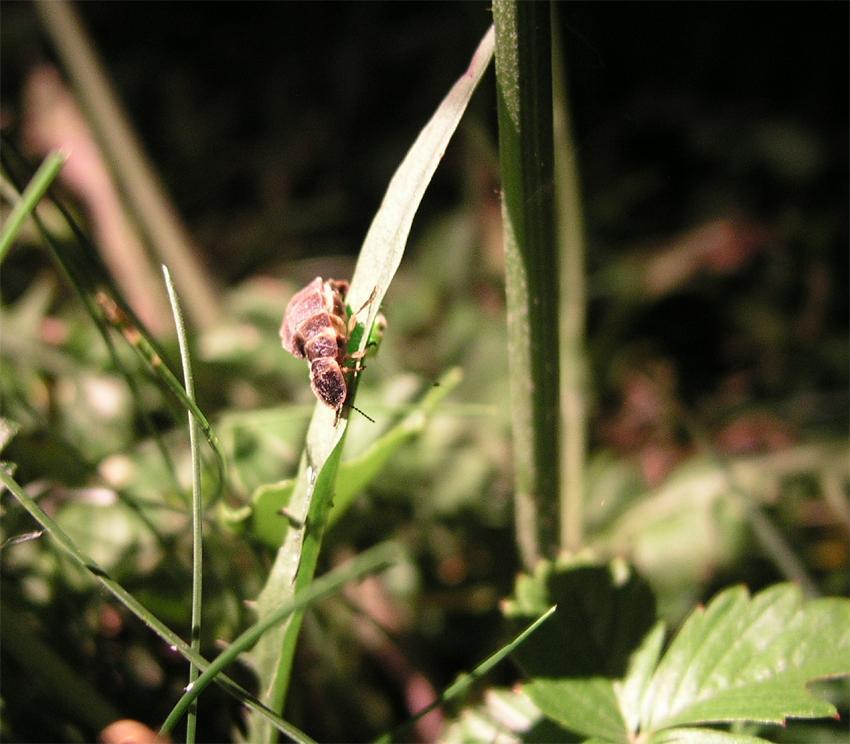
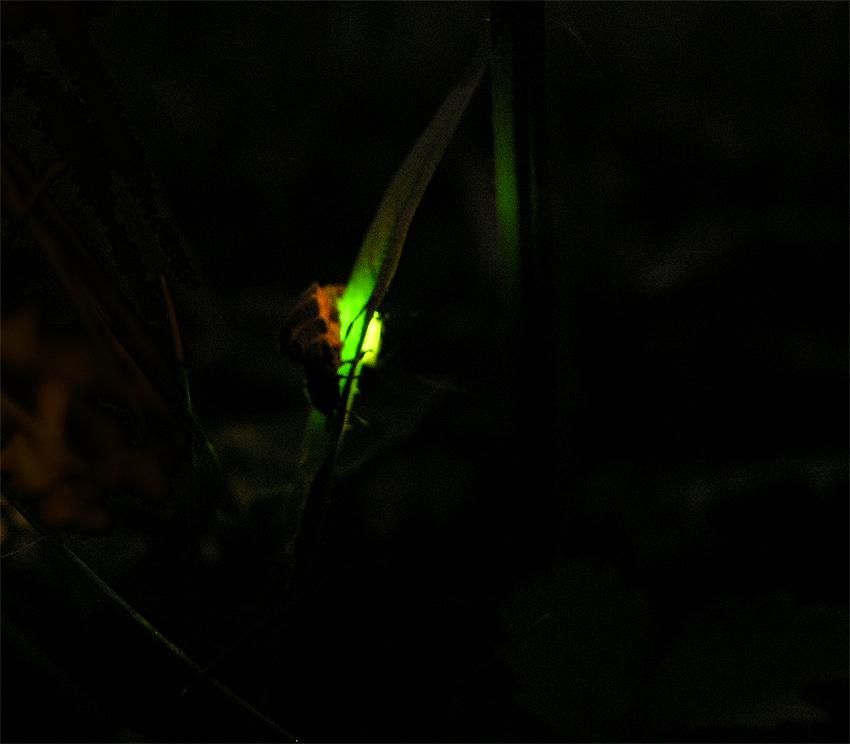
female: glowing,
unable to fly
| menu | continue |
male: flying, not glowing
| menu | continue |
 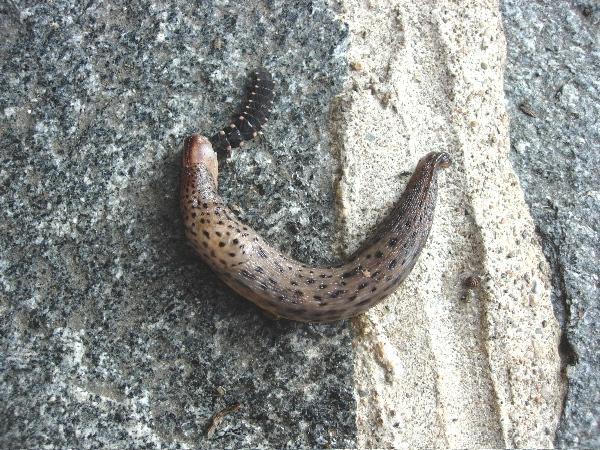 |
| menu | continue |
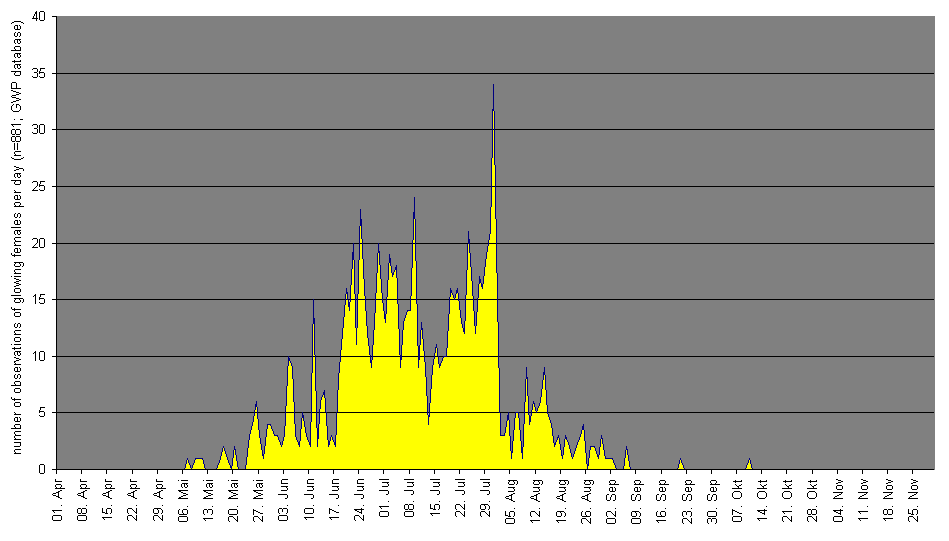
imago
period: 10 to 20 days (no feeding)
| menu | continue |
| geographic
distribution
rather common in Switzerland, Central Europe
|
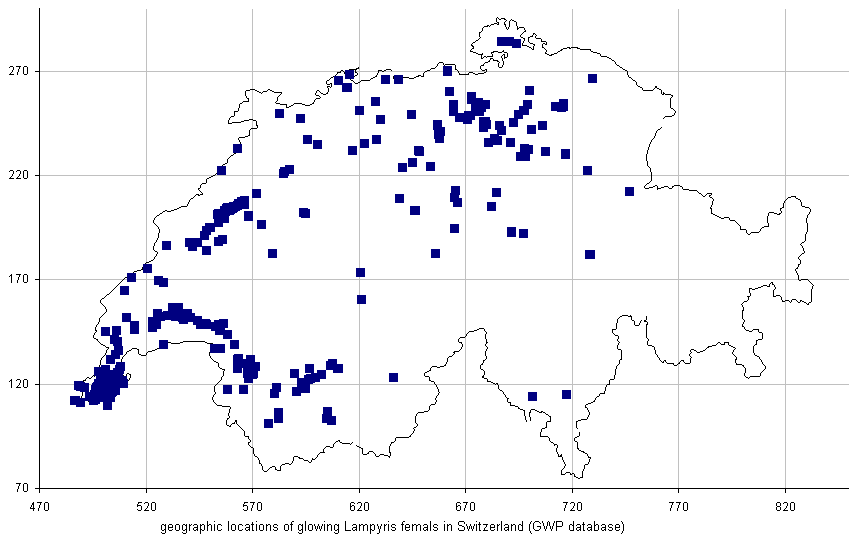 |
|
|
| Looking for glowing Lampyris noctiluca
females quite often leads to questions? For example: Why is a specific
female sitting at a place where chances to be seen by a male are practically
nil?
Continuous glowing female at a certain place means: no
males.
|
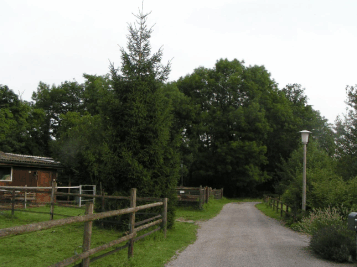 |
|
methods
| LED traps
- a means to detect adult male Lampyris noctiluca
|
 |
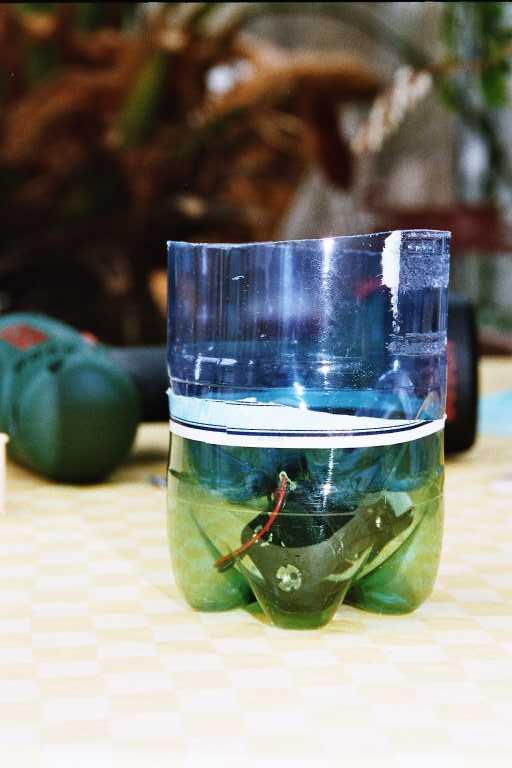 |
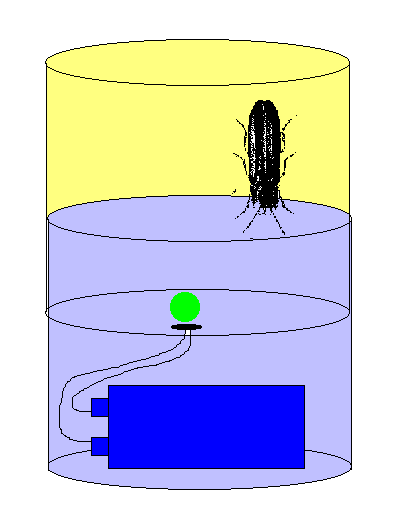 |
||
|
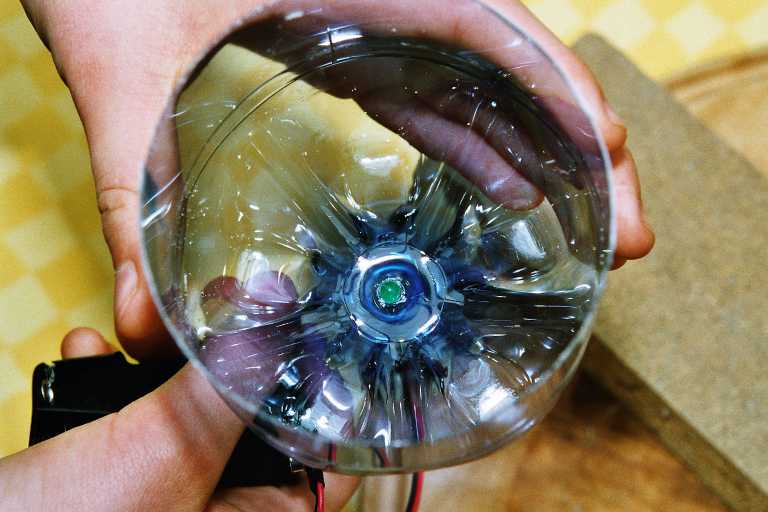 |
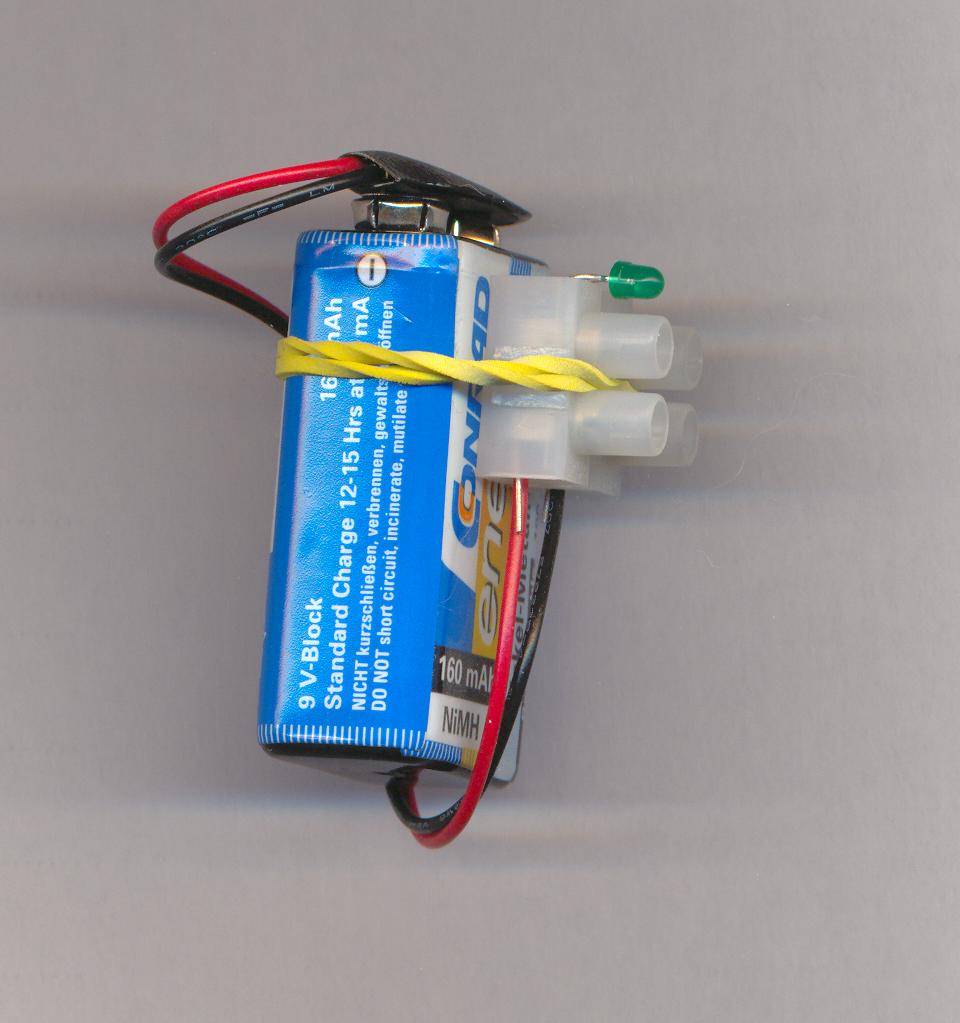 |
 |
|
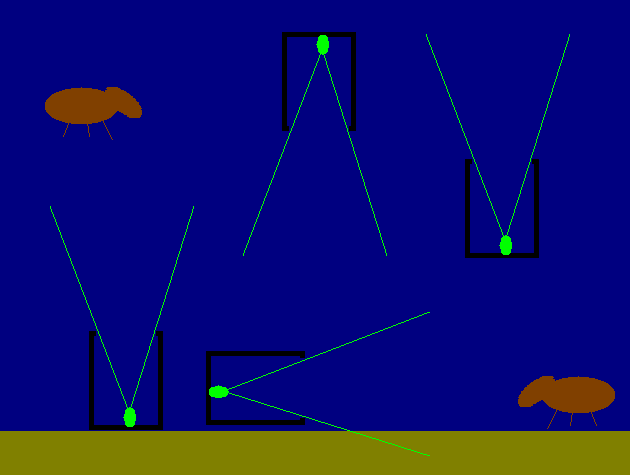
|
male Lampyris noctiluca in an LED-trap
|
now we know where the males and the successful females are!
|
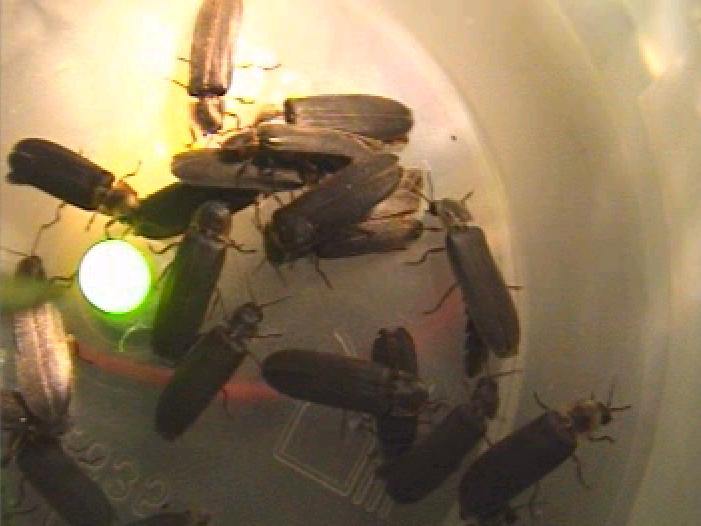 |
(A, B) LED traps with males ==> location with adult males and - most probably - adult females
(C) glowing females,
LED traps without males ==> last instar moved into an unsuitable habitat.
| menu | continue |
The hypothesis
explains this - at first sight - wrong behaviour,
| -Why is a female gowing under a street light? | She selected the location during daytime |
| no efficiency control during glowing |
together with some
other facts, and at the same time leads to certain questions that still
are unanswered.
| What happens with males that did their metamorphosis in such a location? | The probability is small that a newly hatched male starts its search flight at the same time when a nearby female starts glowing. And it looks (but needs proof) that males leave such unsuitable places. We do not know what happens to these males. |
| menu | continue |
| hypothesis | supporting facts | open questions | ||
Lampyris noctiluca larvae are forest
dwellers
|
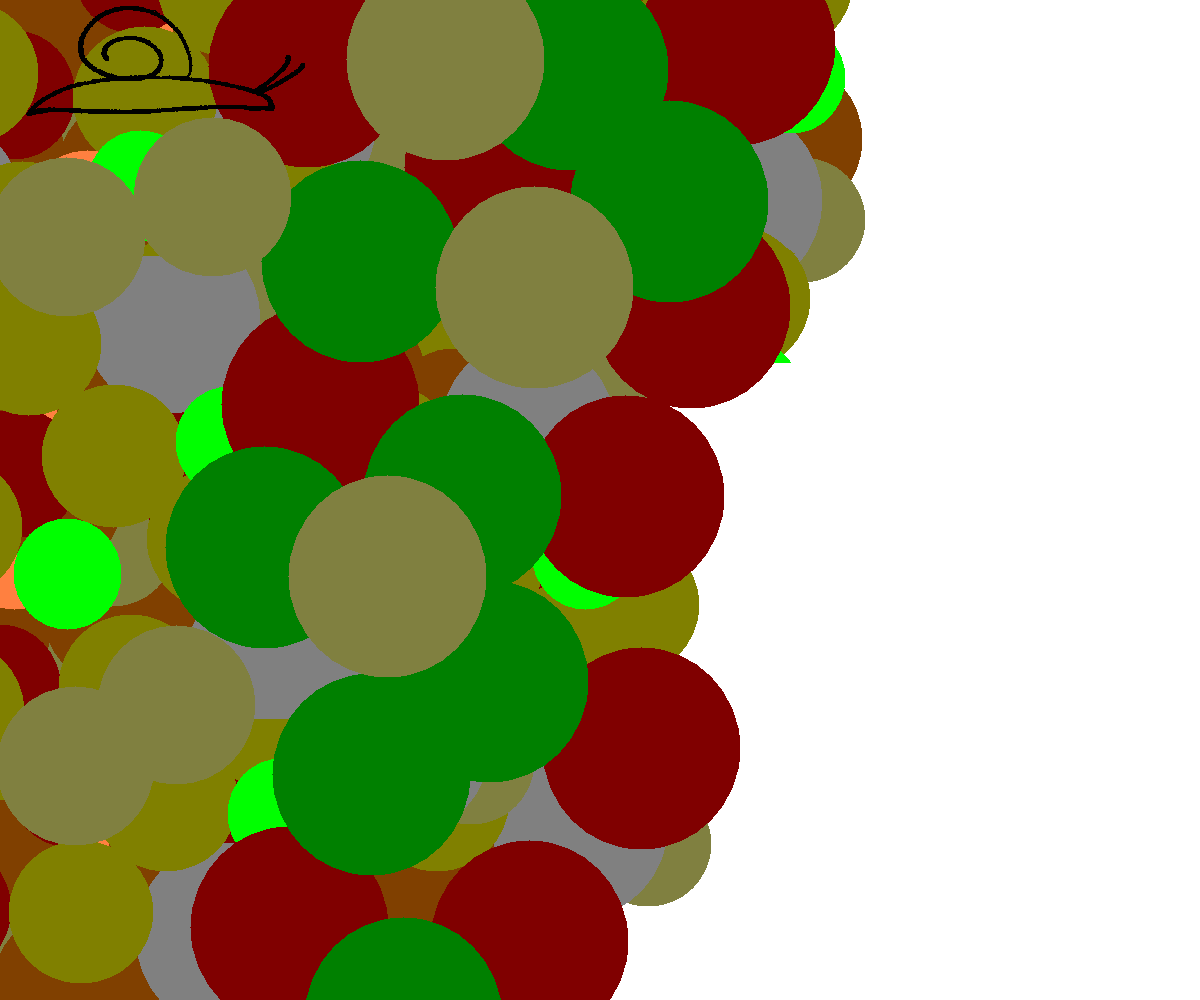 |
| hypothesis | supporting facts | open questions | ||
They prefer deciduous forests as snail
/ slug hunting grounds.
|
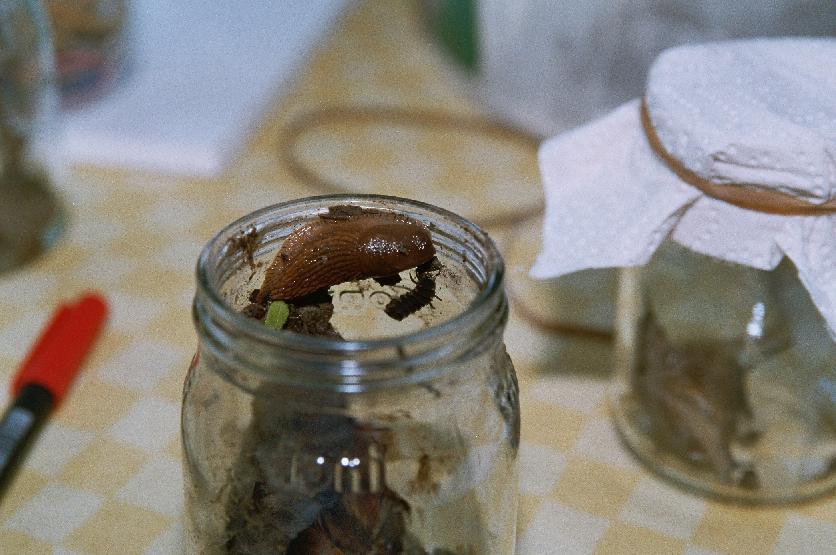
Indirect; - Lampyris noctiluca larvae are easier seen in grass habitat along forest borders - high snail density in deciduous forests
|
systematic observations of larvae (L1 to L4) in forests are missing, observations of last larval stages (last instars) are available |
| hypothesis | supporting facts | open questions | ||
| The last larvae move to the imago place:
- a clearing - edge of the forest
|
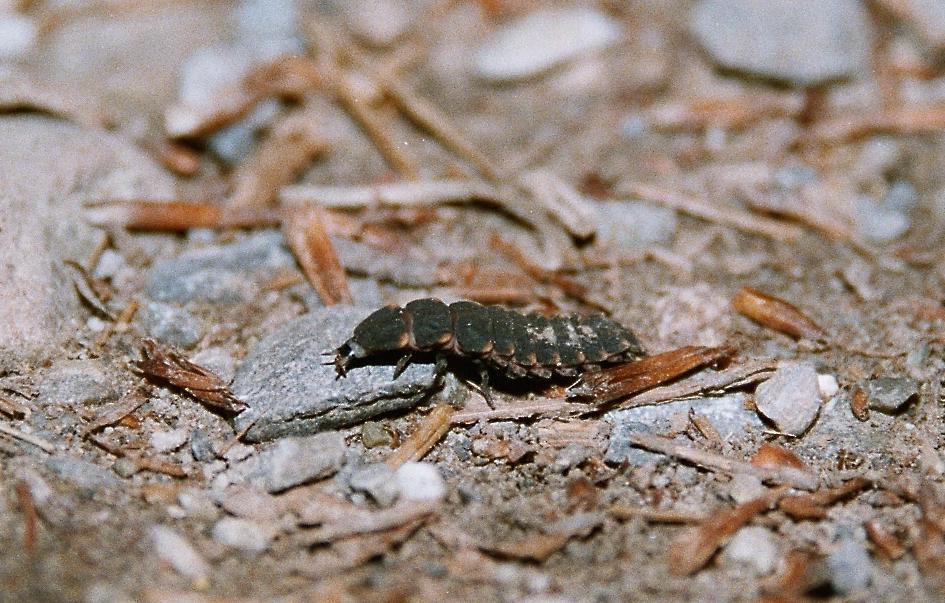 |
What makes them
start moving?
Where are pupae locations? What makes them stop moving? |
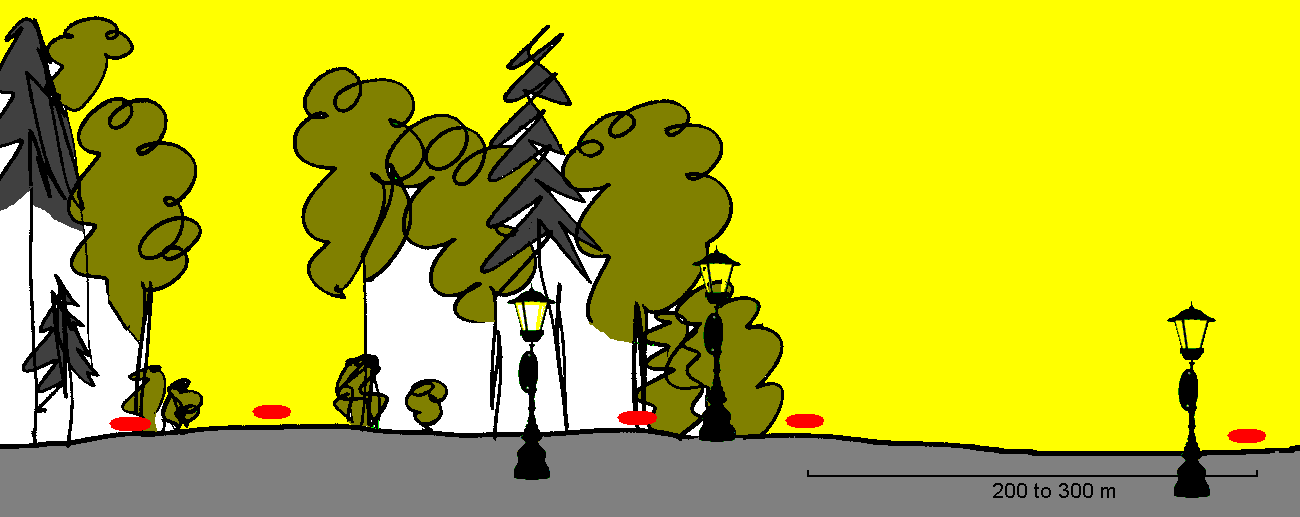
| hypothesis | supporting facts | open questions | ||
They find a suitable place via positive
phototaxis.
|

|
What clues do they use for finding the moving direction? |

| hypothesis | supporting facts | open questions | ||
For this, they search
the imago place during daytime.
|

Observations of the last instars
|
What are the last
instars moving in the open doing?
What makes them stop moving? What are they looking for (location for metamorphosis)? |

| hypothesis | supporting facts | open questions | ||
further aspects: railway
lines
|
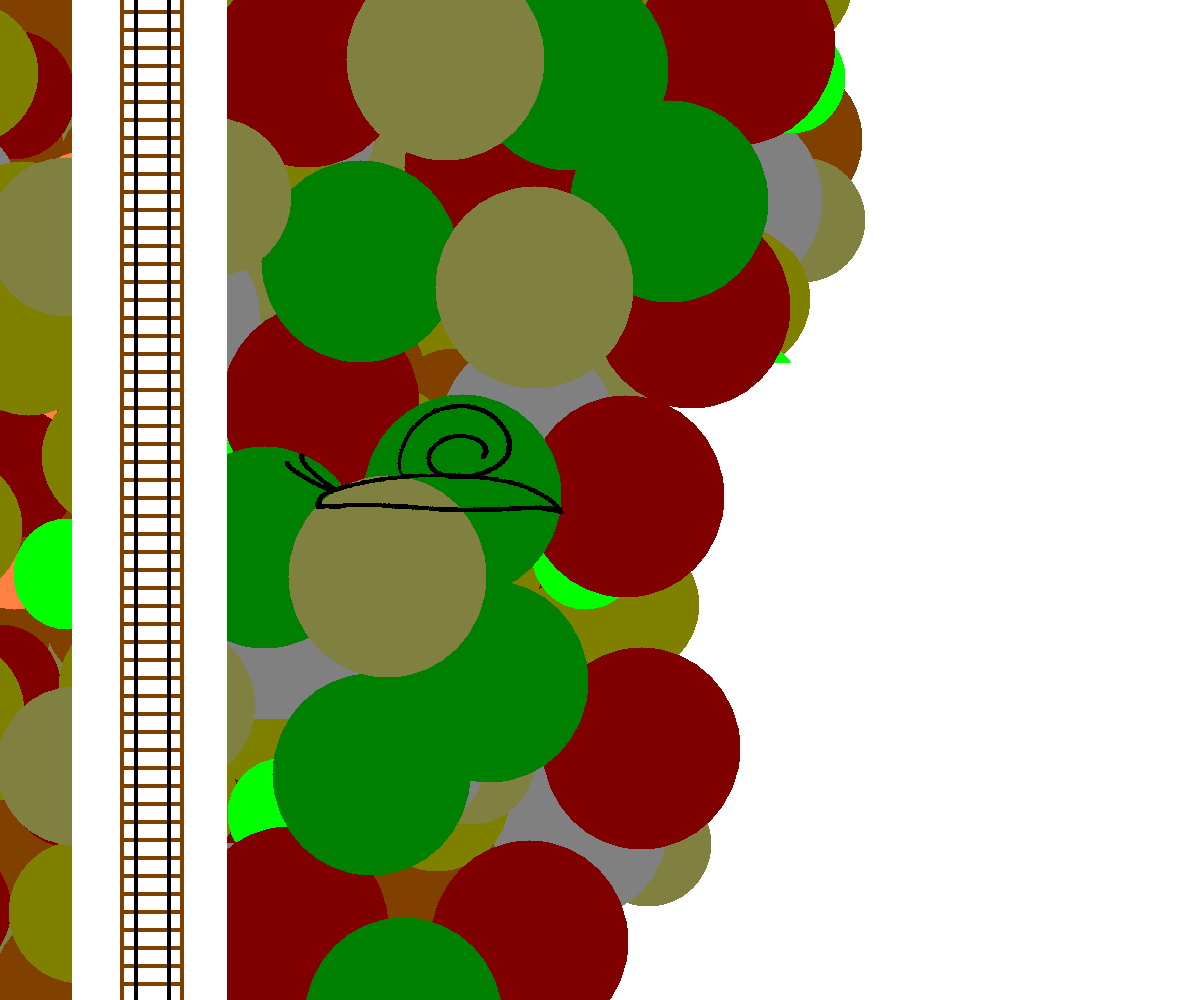
|
| hypothesis | supporting facts | open questions | ||
further aspects:
forest tracks
|
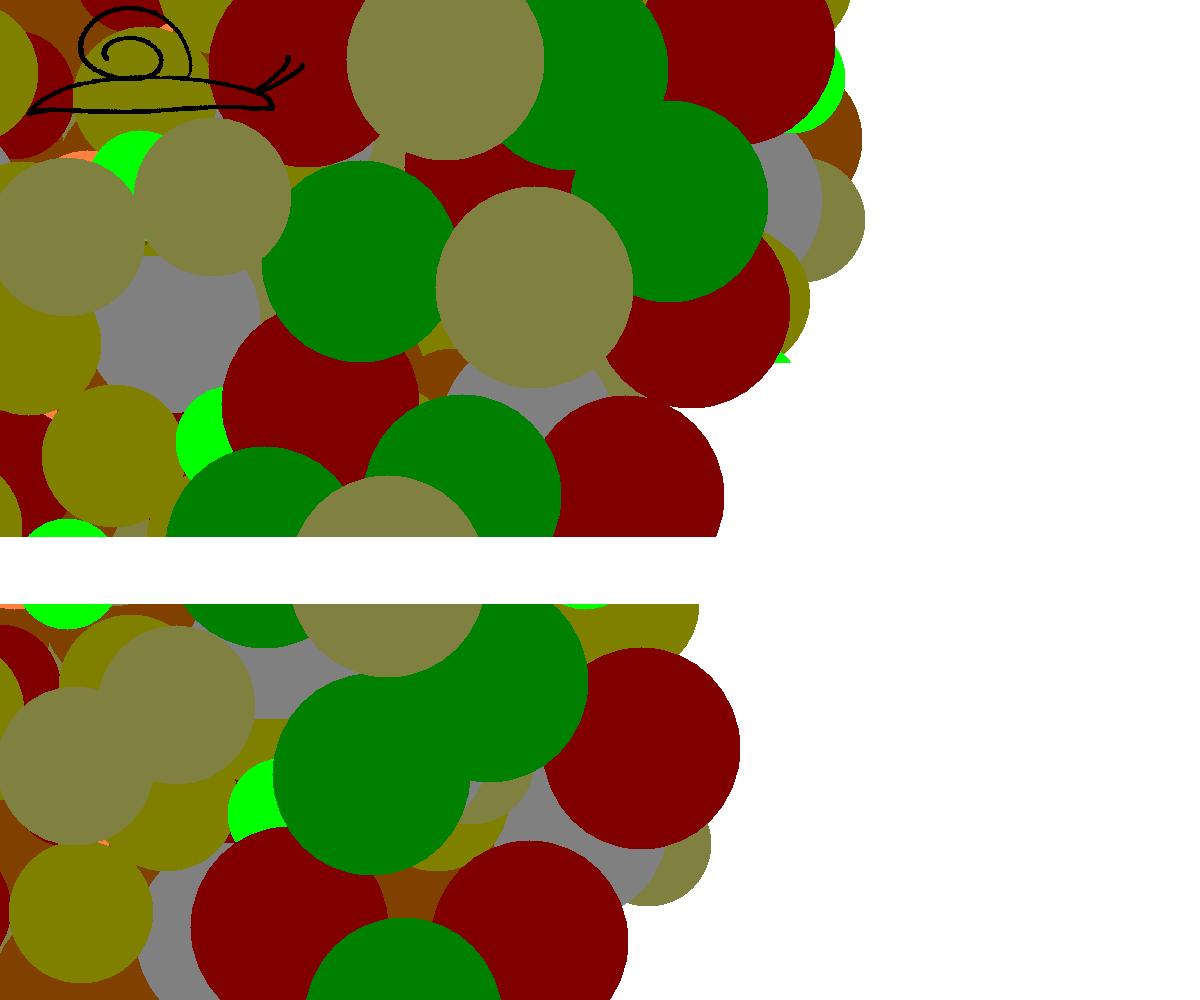
|
| hypothesis | supporting facts | open questions | |
further aspects: street
lights
|
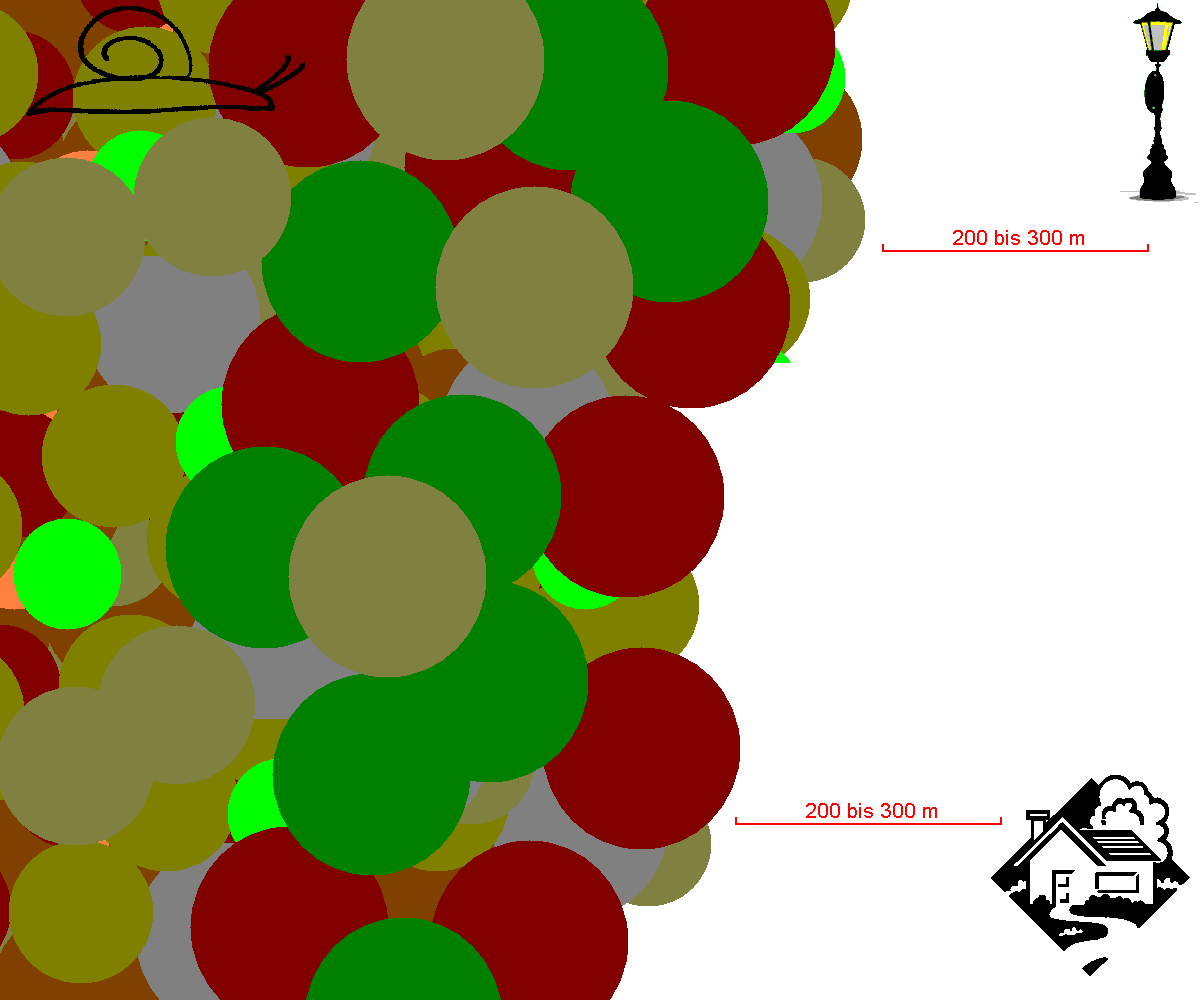
|
| menu | continue |
situation
in a village close to rhine falls (Dachsen)
| This
hypothesis explains why every year females are seen glowing during a period
of several days without finding a male and mating: The female under the
street light does - most probably - not reproduce. But each years a small
number of female last instar move over long distances in search of a suitable
place where they try to attract a male.
The exploring individual: such individuals explore new habitats and can increase the range of the species. |
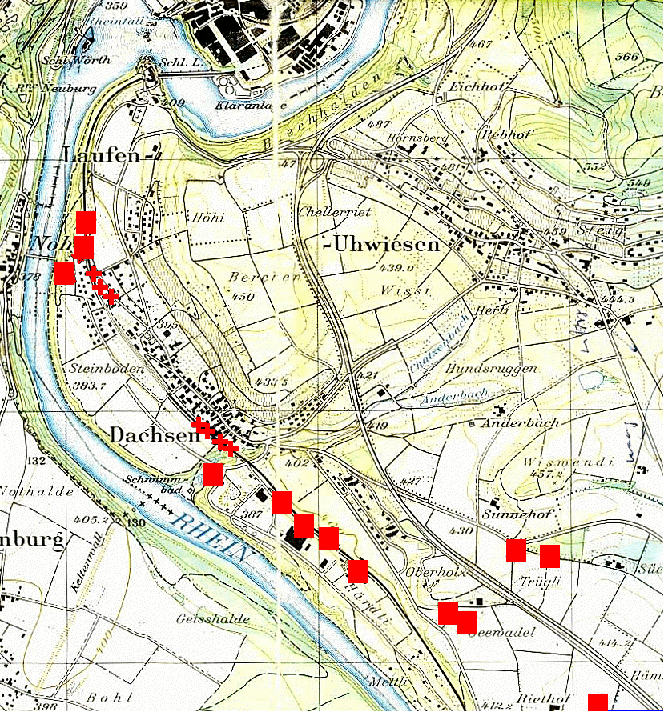 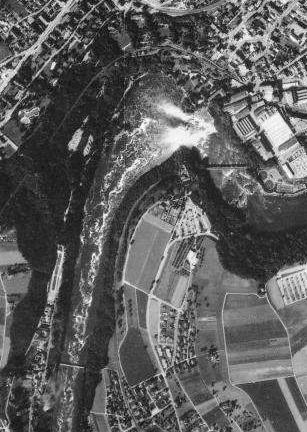 |
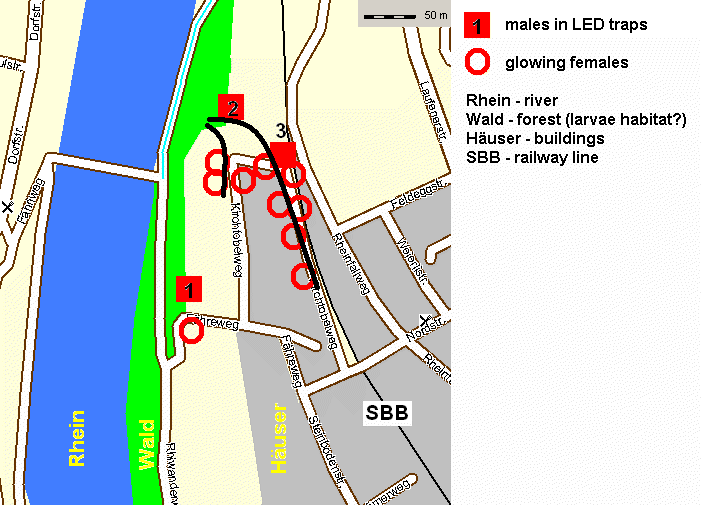

| menu | continue |
|
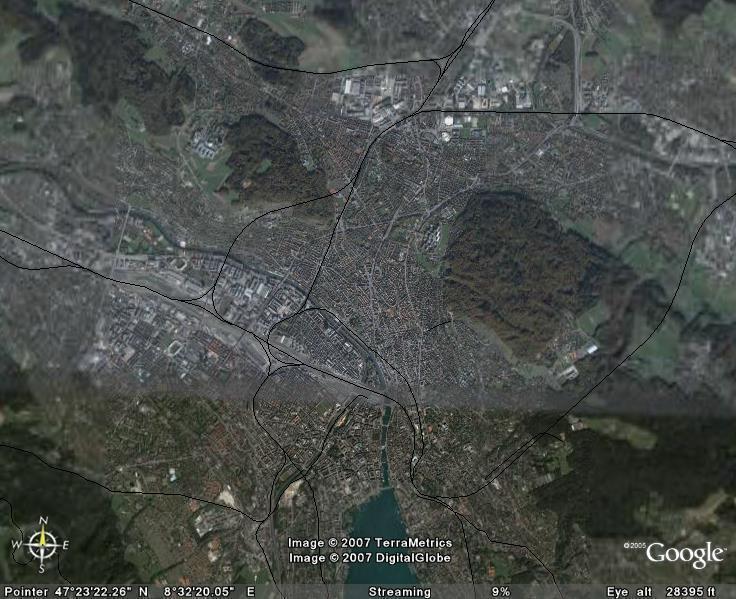 |
| glowing females | |||
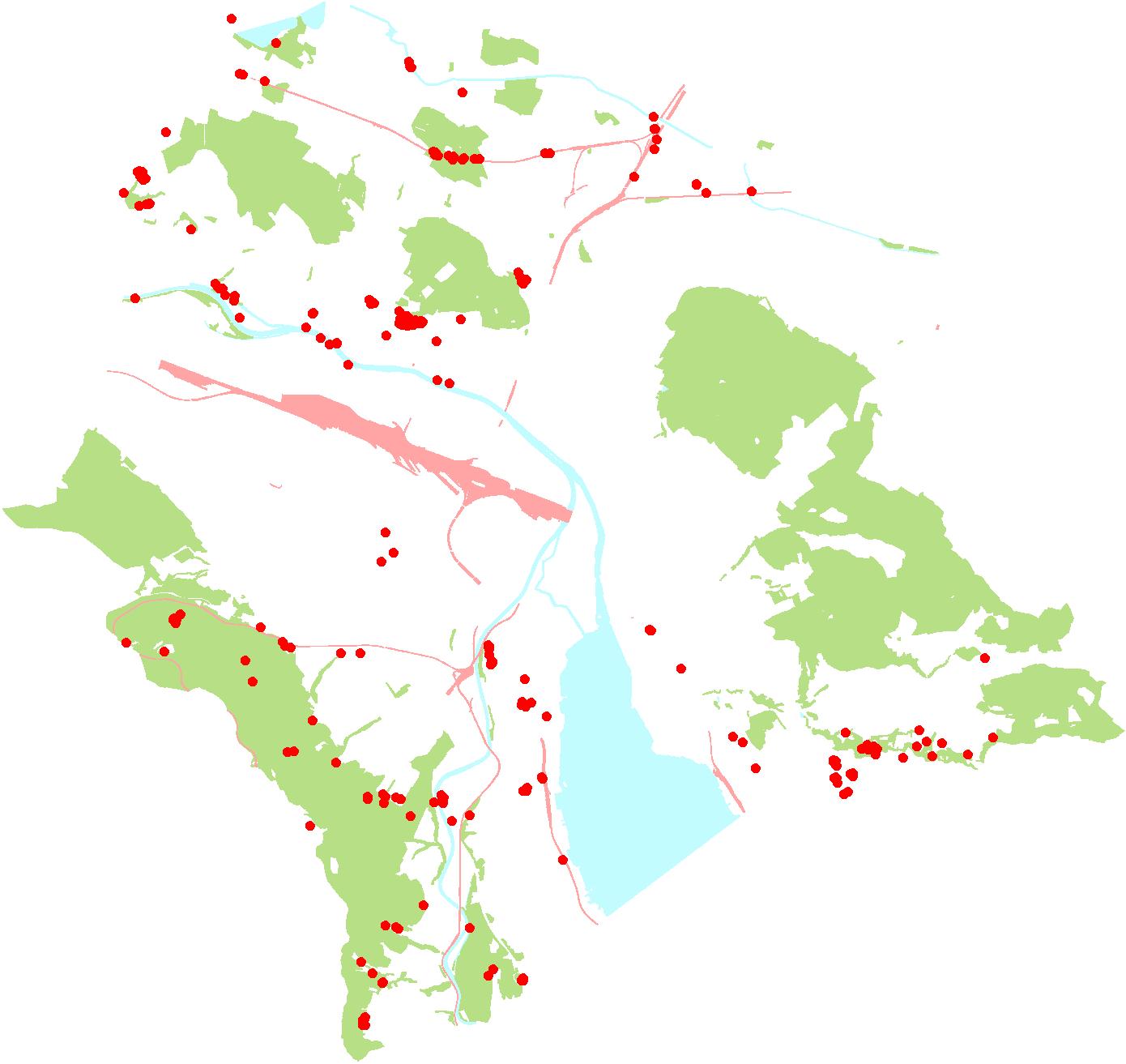 |
 |
||
|
| males in LED traps | ||||
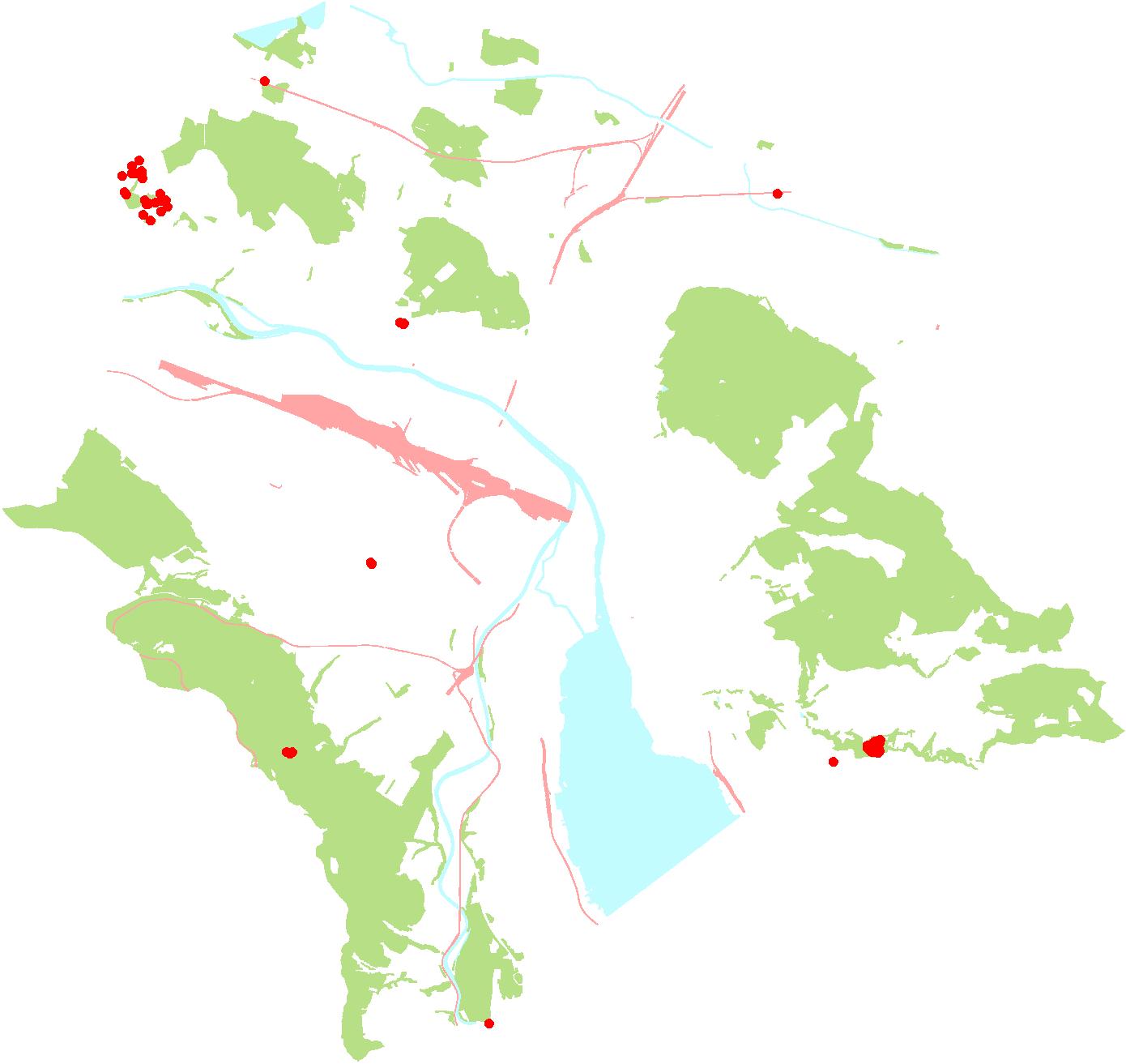 |
 |
|||
|
| larvae - visually searched | ||
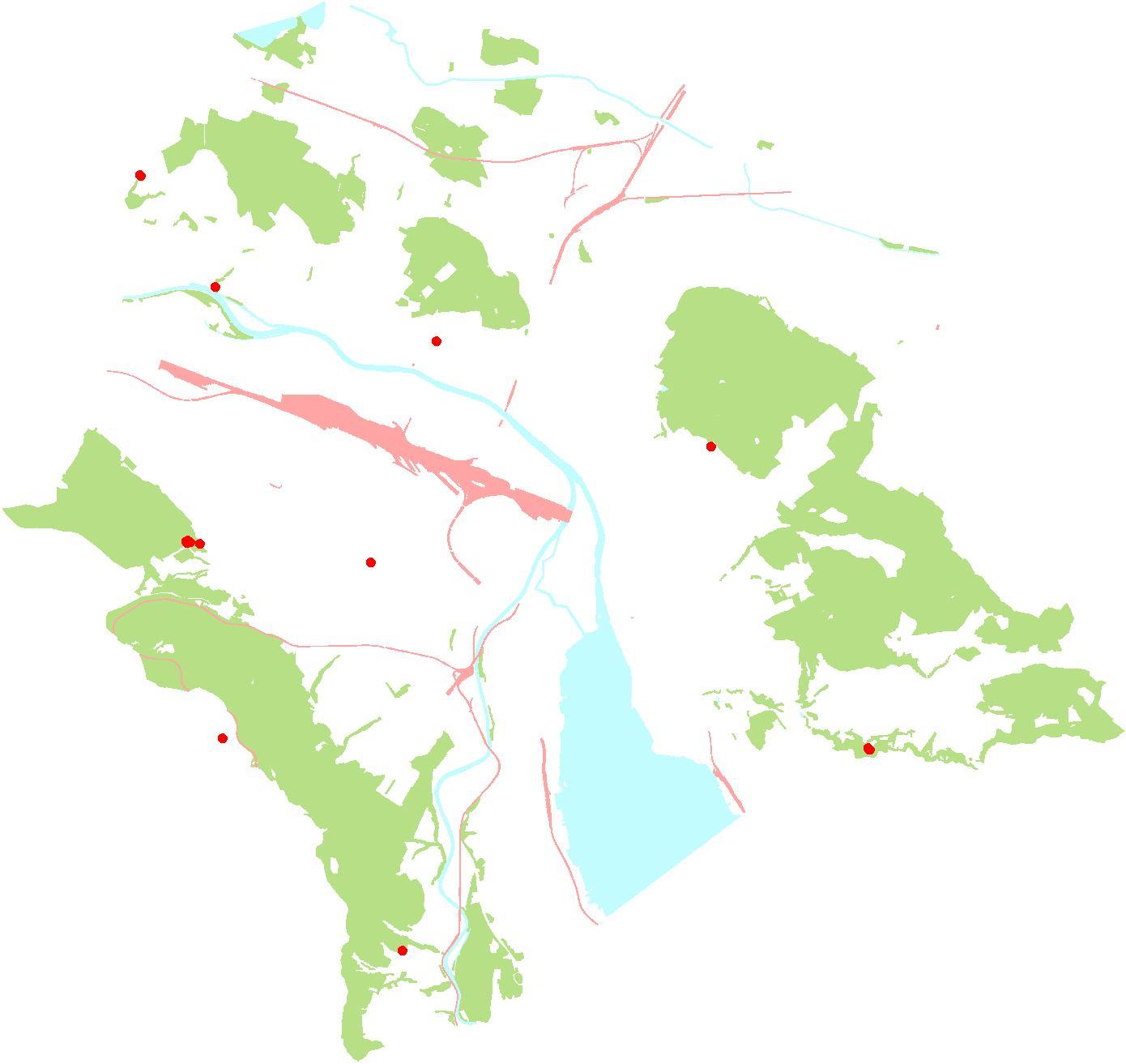
|
 |
|
|
x
further
questions, e.g.
What
happens with instar 1 after hatching?
According to the hypothesis explaining
the locations of adults, instar 1 hatch most probably not in rich snail
/ slug hunting habitats.
- Can they move back to the forest?
- What is their moving distance?
- Do they use negative phototaxis?
| menu |
conclusion
The hypothesis "instar 5" move
during daytime towards light / bright areas explains the distribution
of glowing Lampyris noctiluca females.
Due to this behaviour,

- glowing females are easily seen be males
- males are in an area where they can fly without great obstruction
(personally I believe male Lampyris are
not expert flyers)
| menu |
|
Thank
you
Ingo Rieger rieger@adikom.ch |
| Why are glowworm females sitting under
a street light? - Habitat use of Lampyris noctiluca - facts and open
questions
by Ingo Rieger Glühwürmchen Projekt, Zürich, Switzerland rieger@adikom.ch
Abstract A hypothesis is presented that can explain at first sight incomprehensible locations of glowing Lampyris noctiluca females. According to this hypothesis, last instar larvae move from the larvae's hunting grounds in deciduous forests during daytime towards open and thus light locations. This would lead them into forest clearings, onto forest tracks and railway lines crossing the forest as well as to the edge of the forest. Field observations indicate that the larvae move a maximum of 200 to 300 metres away from the edge of the forest. Once a larva has stopped moving and searching for a location where to pupate and live as an imago, they seem not to be able to judge the suitability of such a location, for example by controlling the nightly darkness. Thus a female imago can start glowing during night time in an area illuminated by a street lamp. |